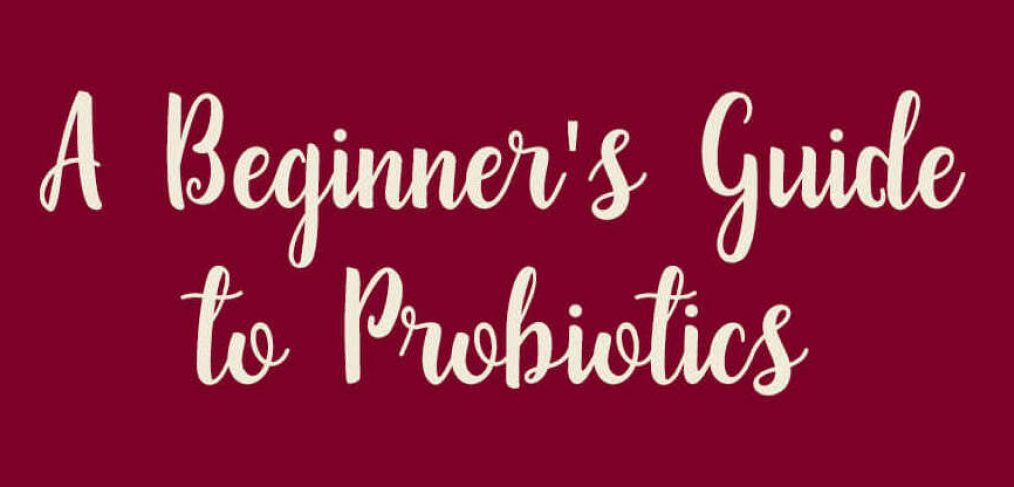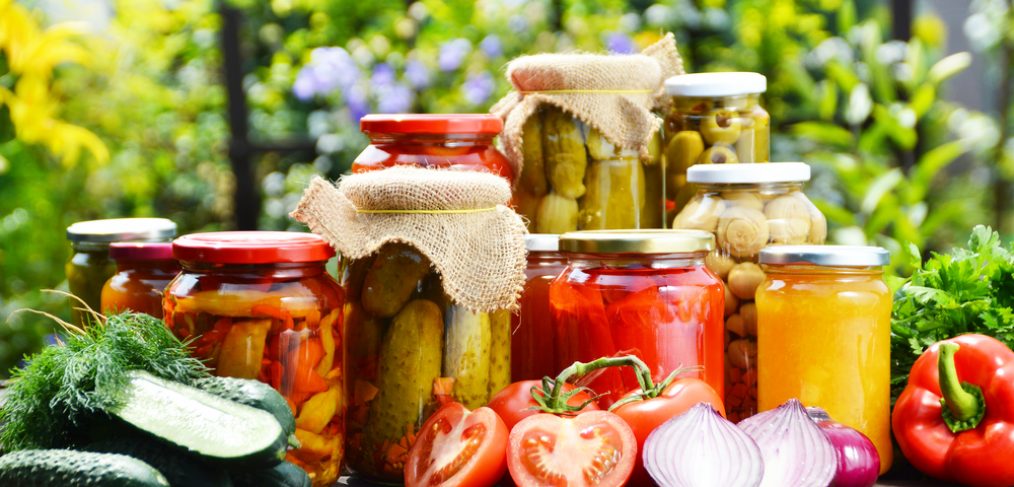Probiotics have been all the rage recently, and there is good reason for this too. For those of you who are new to the world of probiotics, this beginner’s guide will tell you all that you need to know.

What Are Probiotics?
Probiotics are often referred to as good bacteria, and they live within your digestive tract, regulating digestion, supporting the immune system and doing so much more.
However, your gut also contains bad bacteria, and when these outnumber the good bacteria, you may experience some of these problems:
- Digestive disturbances, such as gas, diarrhea and IBD
- Skin conditions, such as acne, psoriasis and eczema
- Mood swings, excess stress and depression
- A weak immune system, meaning that you easily fall ill
- Allergies and asthma
Your gut flora should ideally contain 85% good bacteria and 15% bad bacteria, and, even if you do not suffer from any of the above-mentioned issues, probiotics could still benefit you in a number of ways:
- Improving digestion, allowing your body to absorb more nutrients
- Improving immune function, protecting you from illnesses and infections
- Giving an overall boost to your complexion and skin
- Aiding in weight loss
- Increasing energy
- Reducing lactose intolerance
Types of Probiotics
There are thousands of strains of probiotics out there, and each one will support a different aspect of your health. If you are seeking a general overall boost to your health, try to consume a wide variety of strains, as this will help to cover just about everything.
If you have a specific health problem you are trying to treat, there are particular probiotic strains that would be especially beneficial to you.
- Immunity and Infections – Lactobacillus casei
- Gas, bloating and lactose intolerance – Lactobacillus acidophilus
- Liver function and inflammation – Bifidobacterium longum
- Neutralize toxins – Lactobacillus bulgaricus
- Arthritis and Inflammation – Bacillus coagulans
You’re likely thinking…
“Those words don’t make much sense!”
Fortunately, unless you are looking to treat a specific condition, you do not need to worry too much about the various probiotic strains out there. By consuming a wide range of probiotics, you will more than likely be covered.

Why Have Probiotics Become So Trendy?
Historically, people used to have plenty of probiotics in their diet, as they would eat fresh foods, that had been grown on quality soil. Fermenting foods, in order to preserve them, was also commonplace, with the fermentation process itself creating a wide range of good bacteria.
Today, life is quite different…
The food that you eat has likely been soaked in chlorine and then processed and refrigerated, removing any probiotics. Lower quality soil also has a huge impact on this, as do the antibiotics that many foods contain, as these actually kill off any good bacteria that is already in your gut.
Who Should Avoid Probiotics?
Probiotics will generally benefit just about everyone, but there are a couple of conditions that can actually be worsened by probiotics.
If you suffer from short bowel syndrome or immunodeficiency, it would be wise to speak to your doctor before beginning your probiotic journey.
How to Increase Your Intake of Probiotics
Now that you understand the importance of probiotics, you can begin to take a look at the many ways in which you can increase your intake of probiotics. Consuming more probiotic-rich foods is the best way to do this, and there are many options out there.
Milk Kefir
Milk kefir is similar to yoghurt, although with a thinner texture, and has been consumed for over 3000 years. Just like yoghurt, kefir is slightly tart tasting, but, when it comes down to the probiotics within the two, kefir wins hands down.
Yoghurt contains between 2 to 7 types of probiotics, while kefir contains an impressive 10 to 35, as well as a number of beneficial yeast strains.
Never tried it before?
Kefir can be purchased in supermarkets and speciality shops, but store-bought versions will never quite compare to flavor that comes from making it yourself at home. Store-bought kefir will also be lightly processed, removing some of its probiotics.
If you want to try making it yourself at home, this is what you will need:
- Fermented kefir grains
- Milk
- A non-metal strainer
- A glass jar
The fermented kefir grains are mixed with the milk in a jar before being strained out the next day, with the resulting liquid being the kefir. The grains will grow and multiply with each batch that you make, meaning that it will not be long before you will be able to share them with friends and family, so that they can also make their own.
Wondering where to get the fermented kefir grains from?
Getting your hands on some grains can be tricky, unless you know someone that already makes kefir at home. If not, try ordering them online, or join a few kefir groups on social media, as there will always be people happy to post their extra grains to you.
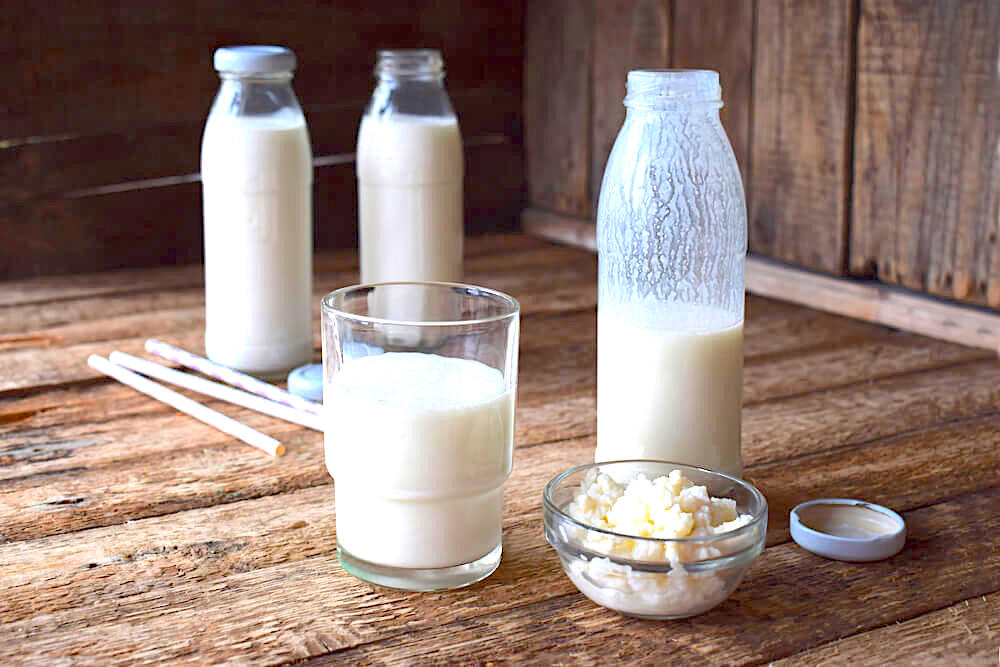
Sauerkraut
Sauerkraut is most commonly made from fermented cabbage, but can also contain a number of other vegetables. While sauerkraut itself does not contain a huge number of probiotics, its organic acids support the growth of good bacteria within the gut.
Just like with kefir, sauerkraut can be purchased from shops, but is far more beneficial when made yourself at home.
All you need to do is:
- Thinly slice or shred the cabbage, as well as any other vegetables you want to include. Beets and carrots work particularly well, and also add a beautiful pop of color.
- Layer the cabbage into a glass jar, alternating each layer with a sprinkling of salt, with the top layer being just salt.
- Cover the jar with a boiled cloth and leave it to sit for a couple of days, until a white scum appears on the top. Skim this off, replace the cloth, and then repeat this process for about two weeks. You will know that your sauerkraut is ready when no more bubbles form within it.

Kimchi
If you have tried sauerkraut, and would prefer it to have more of a kick, then kimchi may be just the food for you.
Kimchi is often referred to as the Korean take on sauerkraut, as it is also made from fermented Chinese cabbage. However, the difference comes from the addition of other ingredients, including:
- Radish
- Carrots
- Garlic
- Ginger
- Red pepper flakes
The method of making kimchi is not too different from that of sauerkraut, and, just like with sauerkraut, kimchi is a fantastic accompaniment to so many meals.
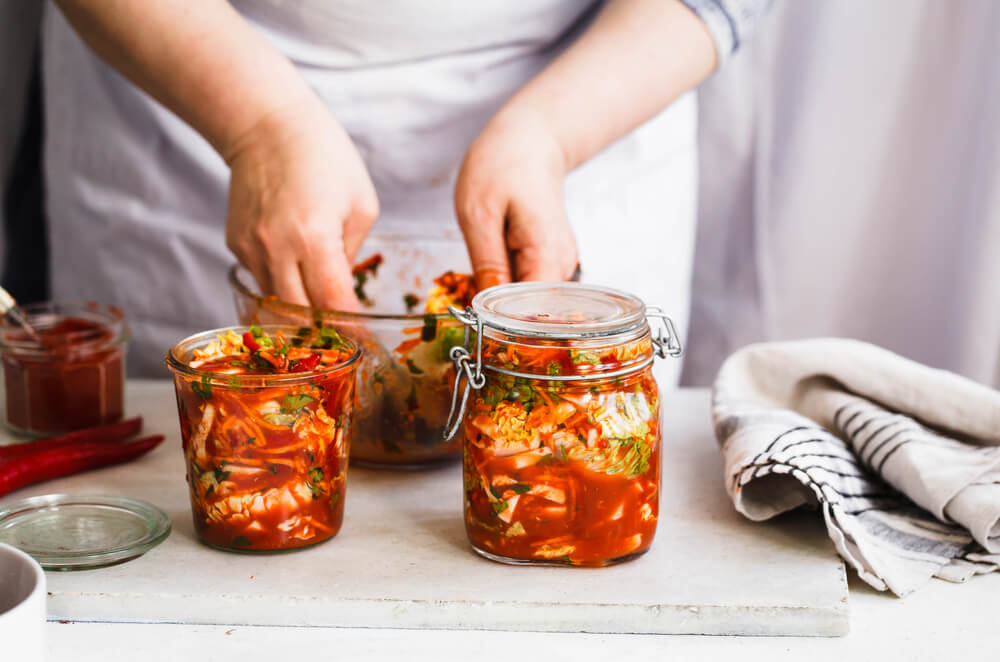
Raw Cheese
For those of you who love dairy products, you will be happy to know that raw cheese is a great source of probiotics, but you do need to ensure that the cheese has not been pasteurized. In particular, goat’s milk and sheep’s milk cheeses are especially high in probiotics, so try to opt for these if possible.
Miso
If you are a fan of Japanese food, then you are likely already familiar with miso, which has been a staple in Japanese cuisine for more than 2500 years. Miso is a paste that is made from fermented soybeans, barley or rice, and is most commonly eaten in the form of a soup.
However, if you do not tend to enjoy the taste of miso soup, here are a few other ways in which you can use the ingredient:
- Mixed with sesame oil and spread on fish fillets for a beautiful shiny glaze
- Whisked into a salad dressing
- Mashed into potatoes
- Turned into a mayonnaise or a mustard
- A marinade for meat
- Caramelized into a butter

Probiotic Supplements
In addition to consuming more probiotic-rich foods, you could also look into taking a probiotic supplement. If you have already had a look at the supplements out there, you are likely thinking…
“There are far too many to choose from! How do I know which one is best?”
Here are a few tips to help you to make your decision:
- CFU count – this is something that often confuses people, but is simply a measurement of the amount of live bacteria that a supplement contains. Try to choose one that contains between 5 to 10 billion CFU.
- Strains – There are 10,000 different strains of bacteria within our gut, so make sure that your supplement also contains a good variety of these.
- Packaging – Probiotic bacteria can easily be killed by everything from light to air to heat, so look for a supplement that is housed in a thick, opaque bottle if possible, or a blister pack.
- Expiration date – the supplement industry is not required to put expiration dates on their products, but, without one, it is impossible to know how long the probiotic bacteria in your supplement will stay alive for. If a supplement does not state an expiration date, you can assume that this is because it is of a lower quality, and is best avoided.
Combining Probiotic-Rich Foods with Probiotic Supplements
As mentioned above, the gut contains over 10,000 different strains of bacteria, and it is impossible for a single supplement to match this. While supplements may be convenient to take, these should ideally be supported with probiotic-rich foods in order to experience the best results.
You may be thinking…
“I don’t like sauerkraut, kimchi, kefir, raw cheese and miso!”
Luckily, there are so many other probiotic-rich foods out there, and there are bound to be at least a couple that you will enjoy. Here are some more ideas for other probiotic-rich foods you could try:
- Kombucha – a fermented black or green tea
- Tempeh – a fermented soybean patty with a nutty, mushroom-like texture
- Pickles – make sure that these are fermented in water and salt, rather than vinegar
- Green olives – brined in salt water, green olives undergo a natural fermentation process
- Sourdough bread
What About Prebiotics?
Put simply, prebiotics are the food source for probiotics, and help to keep probiotics alive.
Prebiotics can be found in such a wide range of foods, such as:
- Vegetables – garlic, onion, beetroot, green peas, Jerusalem artichoke, asparagus
- Fruits – white peach, grapefruit, pomegranate, nectarine, dried fruit
- Legumes – baked beans, red kidney beans, soybeans, chickpeas, lentils
- Nuts – pistachio nuts, cashew nuts
So, do you need prebiotics?
Well, it is likely that, if you have a balanced diet, you are already consuming a fair amount of prebiotics. Nevertheless, it never hurts to add in a few more, so do try to increase your consumption of the foods mentioned above.
Some probiotics, such as sauerkraut and kimchi, also contain prebiotics, making them twice as powerful. Some probiotic supplements also contain prebiotics, and this is commonly labelled as inulin, so keep an eye out for this.
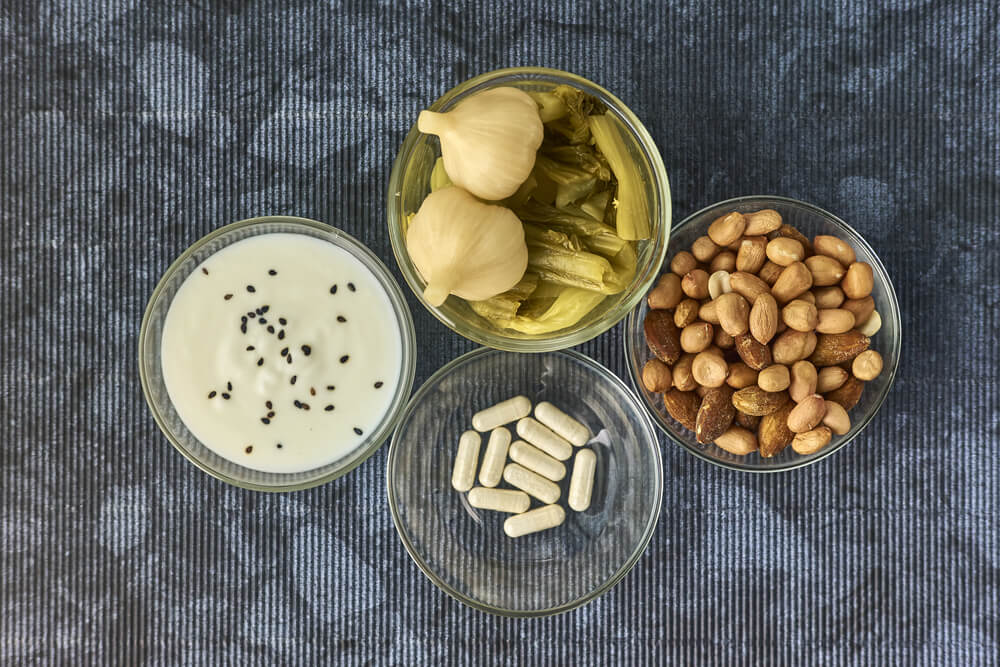
Other Ways to Boost Your Gut Health
The health of your gut is so important, and while probiotics, as well as prebiotics, can really help with this, these on their own are not enough to guarantee a healthy gut. You should also:
- Decrease your consumption of fast food and sugar
- Limit your alcohol consumption
- Cut back on your consumption of meat
- Regular exercise
- Stress management
Both of these are extremely detrimental to your gut’s microbial balance, so you need to take control of this if you really want to balance out the good and bad bacteria in your gut.
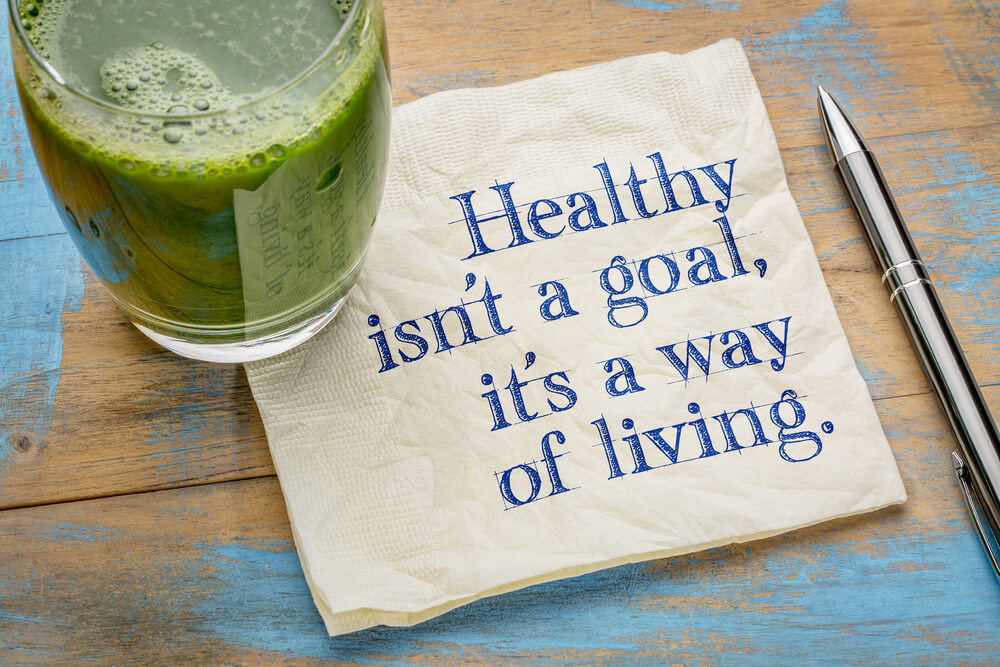
Take the First Step
If you are still feeling a little confused about the world of probiotics, the best way to begin your journey is by picking a couple of probiotic foods and incorporating them into your diet as much as you can. If you make them yourself at home, you will gain a much deeper understanding of the fermentation process, but there is nothing wrong with purchasing probiotic-rich foods from a store, especially if you only want a little taster to begin with.



